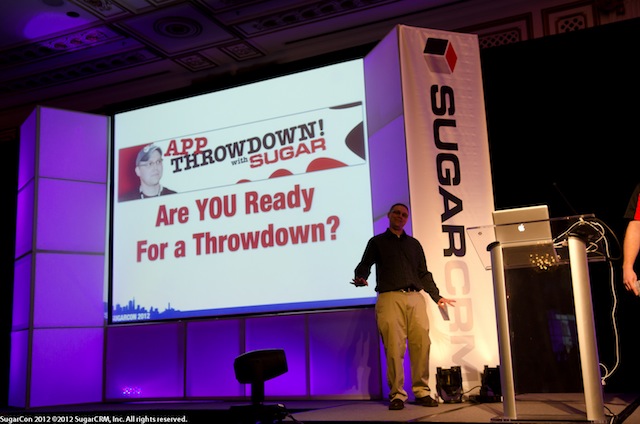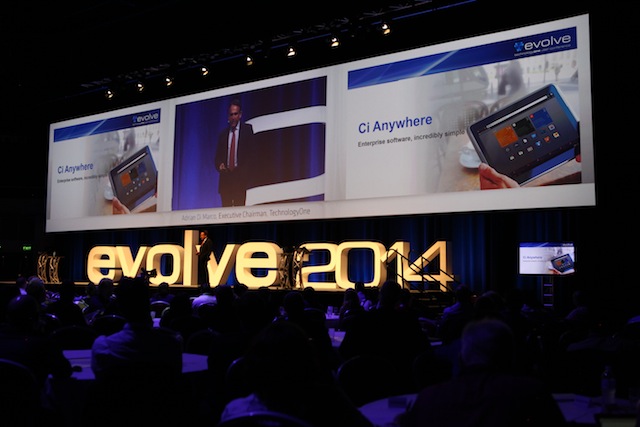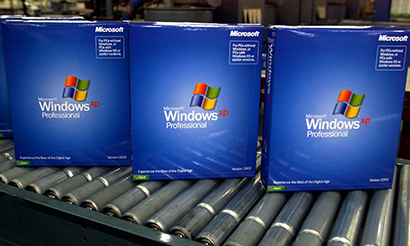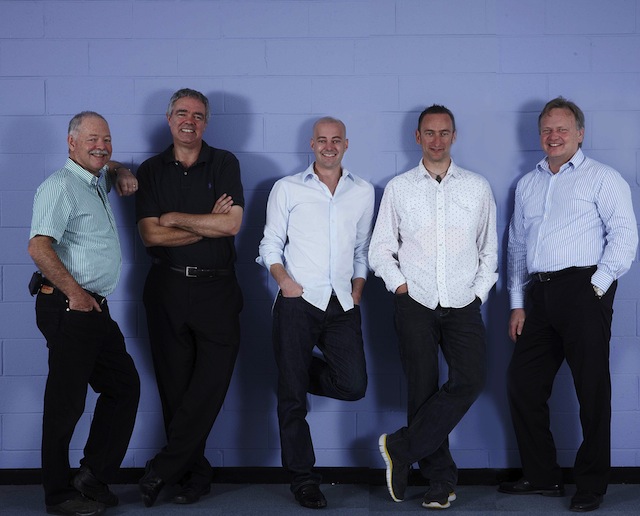“Tell me something I didn’t know about my customer;” is what Clint Oram demands of his software.
“If you think about legacy of Customer Relationship Management tools it’s really been about entering something I already knew about by customer so my manager can keep track of me.”
Oram sees that changing with Sugar CRM, the open source Customer Relationship Management software company he co-founded in 2004 at a time when the software industry was coming out of the post dot com bust depression.
“There was a huge backlash by customers to the enterprise software market,” Oram remembers. “There were a lot of hopes and promises made of all this fantastic software that would change the world. The reality was a lot of it didn’t do anything.”
Foundations for the cloud
In Oram’s view, that disillusionment formed the basis of today’s cloud based software businesses with the market’s demand that software be delivered as a service, reducing up front commitments to any one product, commercial open source that gave customers a stake in development and annual subscription licensing.
That last factor – a radical change to the traditional software model that saw small businesses buy boxed programs and larger enterprises negotiate complex agreements with expensive implementation projects – is the biggest change to the modern software industry.
Oram sees that as challenging those established giants like SAP, Oracle and Microsoft; “in the past it was ‘here’s my software, goodbye and good luck. Maybe we’ll see you next year.”
“If you look at those names, the competitors we see on a day-to-day basis, several of them are very much challenged in making the shift from perpetual software licensing. It’s been a challenge that I don’t think all of them will work their way through, their business models are too entrenched.”
“Software companies really have to stay focused on continuous innovation to their customers.”
Freemium challenges
From his ten years in business, Oram learned the freemium model is a difficult way to run a business, “we learned that the freemium model is challenging and you gotta really focus on differentiation across your software editions and deliver clear value to each customer segment.”
While the Freemium business model remains a challenge, Oram sees mobile and the cloud as driving the CRM industry with the sector focusing on delivering more customer insights as software increasingly goes mobile and gets better at predicting behaviour.
“We’re taking these cloud, mobile based platforms that can be delivered anywhere and anytime,” says Clint “and now work on collecting that data about your customers and telling you what you should do next.”
“How do you help your customer to get the fullest value out of working with you.”
Delivering value to customers is a challenge not just for the software industry; in an era where business is far more competitive, it’s a question facing all industries.




